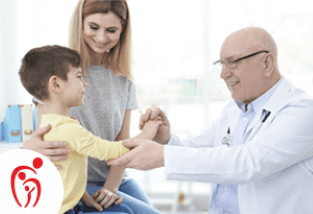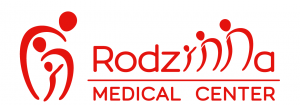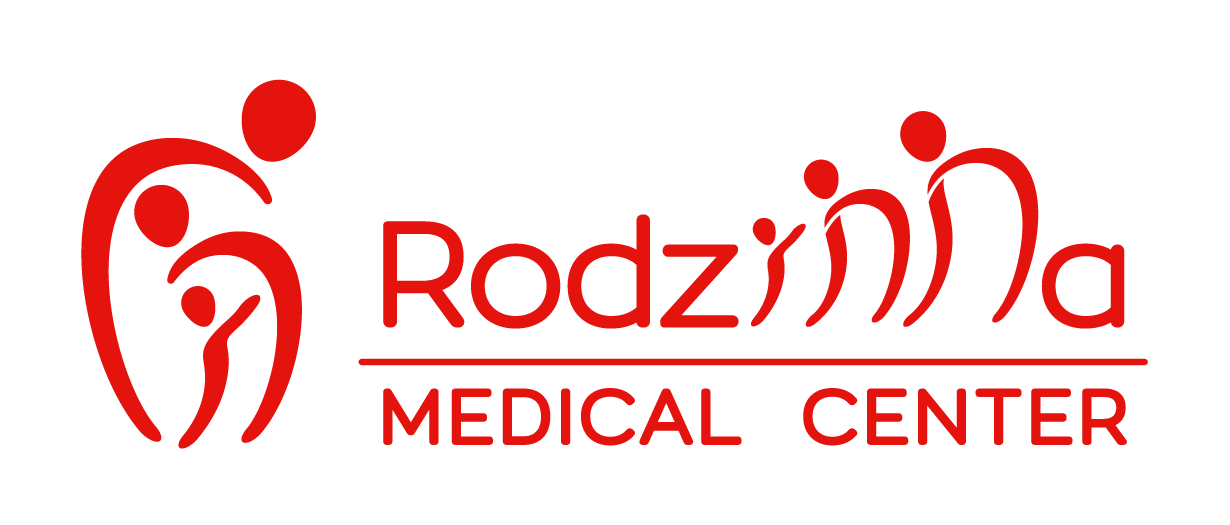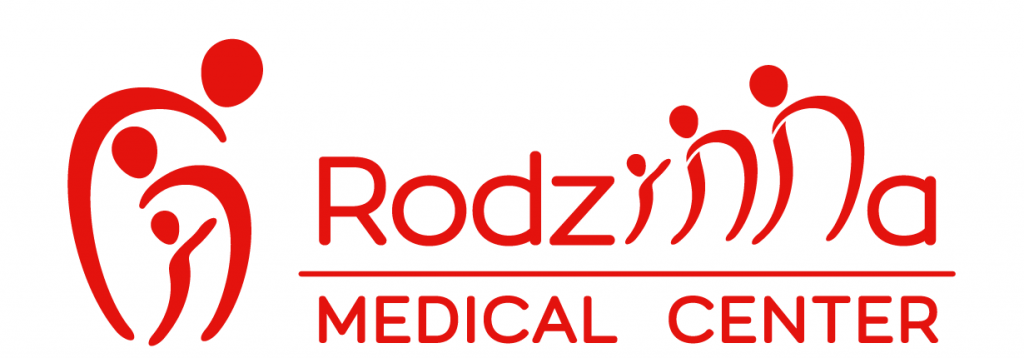Platelet-rich plasma, also known as PRP (PlateletRichPlasma), is a concentrate of platelets prepared from the patient’s blood in a small amount of plasma.
This preparation contains various types of cytokines, i.e. growth factors and proteins responsible for cell adhesion.
The concentrated growth components contained in the preparation stimulate tissue repair processes – they strongly stimulate the regeneration of damaged tendons, muscles, ligaments, cartilage, or bones.
Due to their properties, PRP preparations are successfully used, especially in intra-articular and tendon therapy.
Advantages of platelet-rich plasma therapy:
- short duration – administration of the preparation by injection, depending on the patient’s condition, usually 1-3 treatments are recommended,
- thanks to the injection method, the therapy is minimally invasive
- safety of therapy – no allergic reactions or infections
- low painfulness of the procedure compared to conventional procedures
- short recovery period after surgery
Indications for the use of platelet-rich plasma therapy:
- tennis elbow
- golfer’s elbow
- heel spurs
- jumper’s knee, runner’s knee
- damage to tendons and muscles
- Achilles tendon degeneration
- injuries and overload changes
- muscle injuries
- injuries and diseases of the tendons
- injuries and diseases of the ligaments
- diseases and injuries of joints – hip, knee, elbow, etc.
- fractures and non-union after fractures (the so-called pseudo-joints)
- bone inflammation
- acceleration of the healing process
- of soft tissues – hard-to-heal wounds
- meniscal cysts
- goosefoot tendinitis
- bursitis of the greater trochanter of the femur
- shoulder rotator cuff tendinopathy, subacromial isthmus syndrome
and as adjunctive therapy to treatment:
- articular cartilage defects: traumatic and degenerative
- cysts of bone cysts, fibrous dysplasia
- after ACL reconstruction of the anterior cruciate ligament, meniscus suturing, articular cartilage repair
- bone union disorders
- difficult to heal wounds, ulcers
- postoperative after repair procedures of tendons, eg Achilles
Safety of therapy
Thanks to the use of a preparation made from the patient’s blood, complications typical of therapies using preparations that are foreign to the body can be avoided – allergic reactions and infections.
The injection procedure is performed by an experienced specialist in orthopedics.
Depending on the type of disease, in some cases, it is recommended to administer the preparation under ultrasound guidance.
Contraindications to the implementation of platelet-rich plasma therapy:
- hepatorenal syndrome
- patients treated with immunosuppressants
- anticoagulant therapy
- acute viral infection (HCV, HBS, HIV)
- systemic diseases: scleroderma, immunological vascular diseases
- nucleotide allergies
- blood diseases (e.g. thrombocytopenia)
- chronic liver disease
It should be remembered that it is always a specialist Doctor who decides about the qualification for therapy after a detailed medical examination.
The course of therapy The therapy is preceded by qualification by a specialist doctor, which includes an orthopedic visit with the examination, laboratory, and imaging diagnostics. A small amount of blood is then drawn from the patient to prepare a PRP preparation (the amount of blood drawn depends on the type of disease and its severity). The blood is centrifuged in a suitable centrifuge for about 5 minutes.
The prepared PRP preparation is administered by the doctor by injection under aseptic conditions under local anesthesia, if necessary under ultrasound guidance. The entire procedure takes about 30-40 minutes.
Management before and after platelet-rich plasma therapy 3 days before the procedure, non-steroidal anti-inflammatory drugs should be discontinued,
and paracetamol and tramal can be used.
The patient is not required to be on an empty stomach prior to surgery.
For the duration of the therapy, unless the doctor tells you otherwise, it is required to immobilize the injected area for a period of 7 days with the use of crutches, an orthosis, a plaster splint, or a sling. After the procedure, the patient cannot drive a car.
According to the guidelines of the Polish Society of Orthopedics and Traumatology, thromboprophylaxis should be used during the entire period of immobilization of the lower limb and the next seven days – detailed information is provided by the attending physician.
A few days after the procedure, local pain may occur – to alleviate the symptoms, you can use paracetamol or tramal – the use of non-steroidal anti-inflammatory drugs should be absolutely avoided.
The attending physician decides on the selection of appropriate analgesic treatment.
Within 7 – 21 days after the procedure, at least one follow-up visit is required to assess the function of the limb, the intensity of pain, or to implement appropriate physical rehabilitation.





